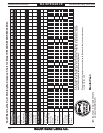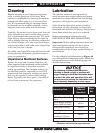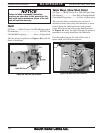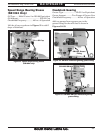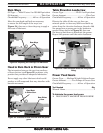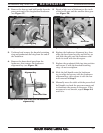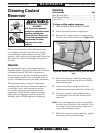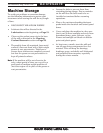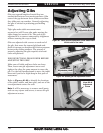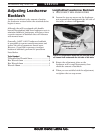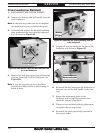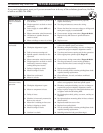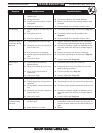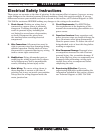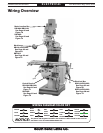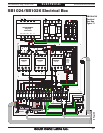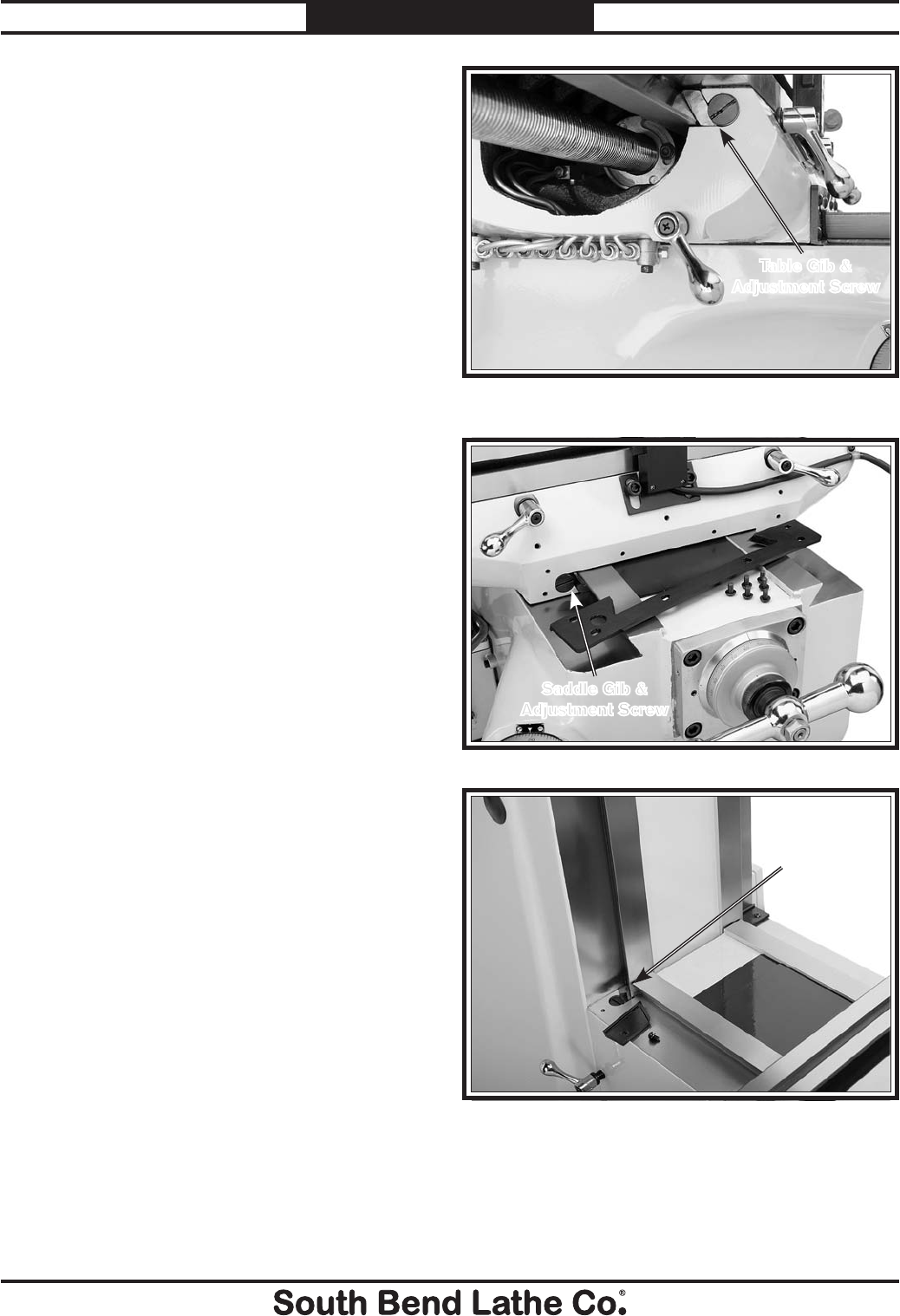
-58-
For Machines Mfg. Since 8/09
SB1024/SB1025/SB1026
SERVICE
Adjusting Gibs
Gibs are tapered lengths of metal that are
sandwiched between two moving surfaces. Gibs
control the gap between these surfaces and how
they slide past one another. Correctly adjusting
the gibs is critical to producing good milling
results.
Tight gibs make table movement more
accurate but stiff. Loose gibs make moving the
table sloppy but easier to do. The goal of gib
adjustment is to remove unnecessary sloppiness
without causing the ways to bind.
Gibs are adjusted with a screw on each end of
the gib, that move the tapered gib back-and-
forth to increase or decrease the friction pressure
between the sliding surfaces. The process of
properly adjusting the gibs requires trial-and-
error and patience.
DISCONNECT MILL FROM POWER BEFORE
ADJUSTING THE GIBS!
Make sure all table and knee locks are loose.
Then, loosen one gib adjustment screw and
tighten the other the same amount to move the
gib. Use the ball handles/crank to move the table/
knee until you feel a slight drag in that path of
movement.
Refer to Figures 61–63 to identify the locations
of the table, saddle, and knee gibs, and one of the
two adjustment screws for each.
Note: It will be necessary to remove small parts,
such as way wipers and covers, to access the gib
adjustment screws.
Figure 61. Table gib and adjustment screw underneath
the left side of the table.
Table Gib &
Adjustment Screw
Figure 62. Saddle gib and adjustment screw.
Saddle Gib &
Adjustment Screw
Figure 63. Knee gib and adjustment screw.
Knee Gib &
Adjustment
Screw



